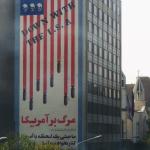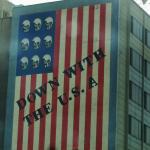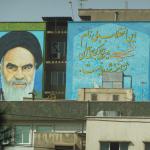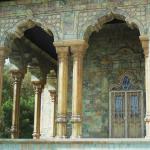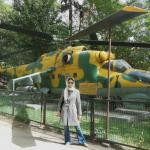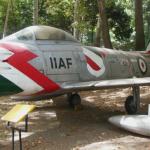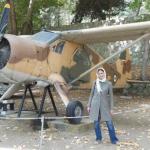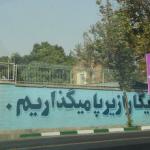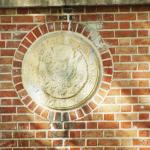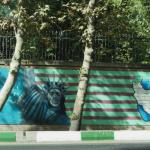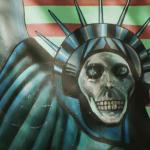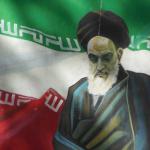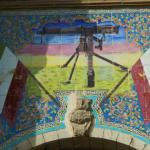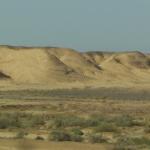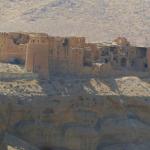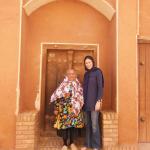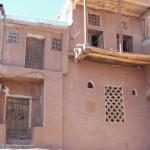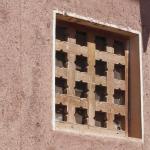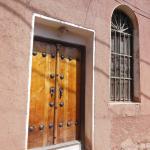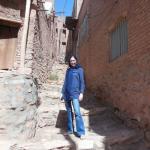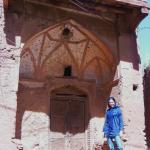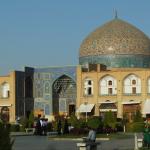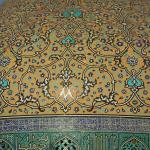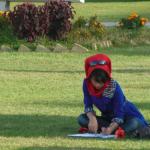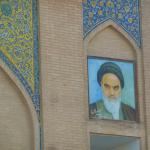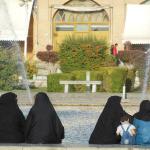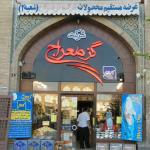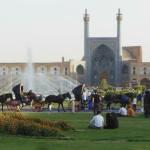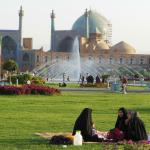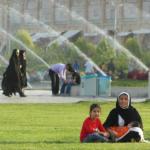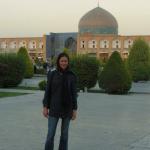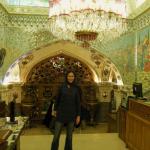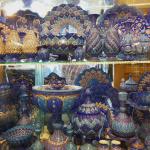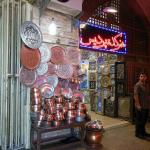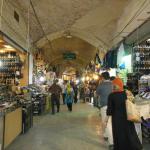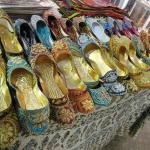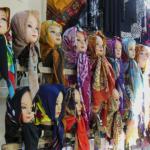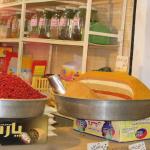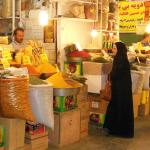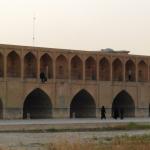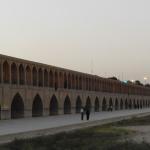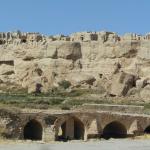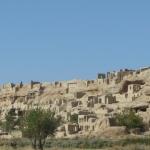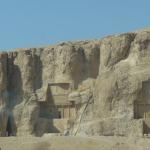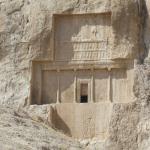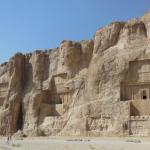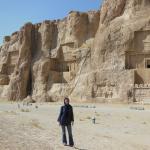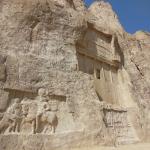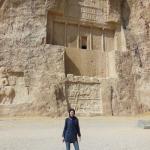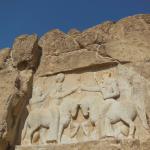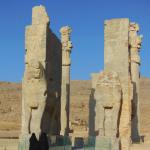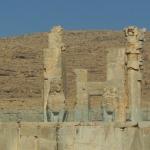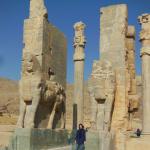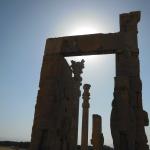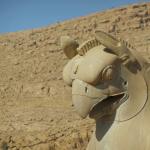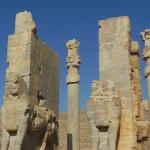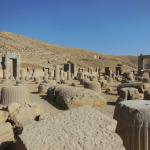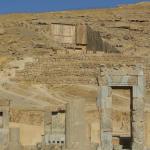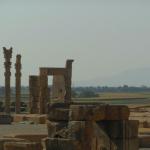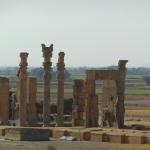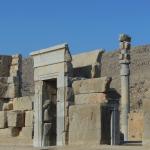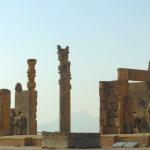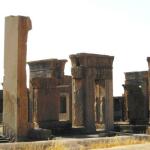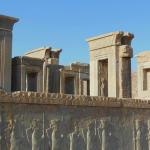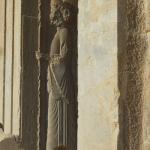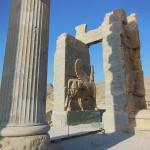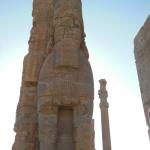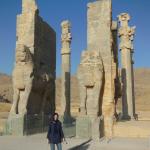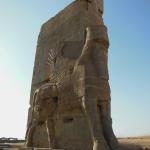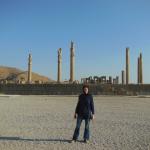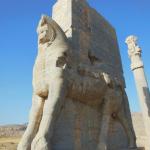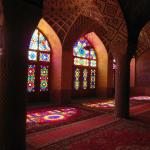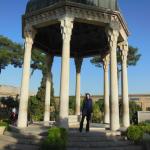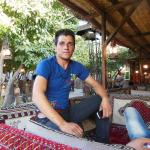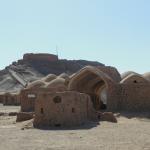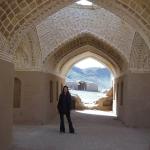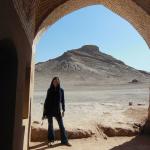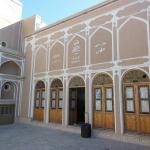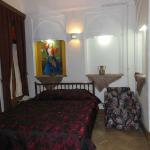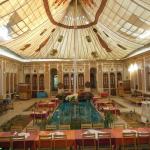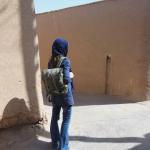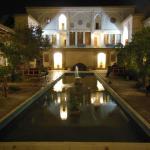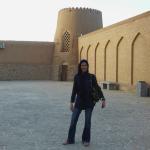© 2011 Sabrina Swenson. All Rights Reserved.
Iran
October, 2013
It’s been an enemy of America since 1979. Iran has been referred to as a sponsor of terrorism, an Axis of Evil amongst a variety of other negative connotations. The Iranian people I experienced in Iran, however, were none of these things.
Planning a trip to Iran took some additional steps compared with a normal trip. A mandatory guide is required for American citizens wanting to visit the country. Without a guide for the entire trip, an American will simply not be issued a visa. Although all other nationalities are free to wander the country solo, Americans are closely accompanied by a guide (minder). And so, I did some homework and found a company that was efficient in planning a trip. Once the entire itinerary was sorted out and a guide had been assigned I received a code for my visa. I went to the Iranian Consulate in Frankfurt and after a three hour wait which included being fingerprinted by Interpol; I was finally awarded a visa.
I flew into the capital of Iran, Tehran and was immediately pulled aside when I got to the customs and immigration officer. I was asked to wait for the female officer in a black chador who was busy dealing with another passenger. I waited quite a while and watched as all the other passengers from my flight happily exited the airport. The officer finally came over and ushered me into a small room. I initial thought I was going to be strip searched but as it turns out, they only wanted my fingerprints… again. After being inked, I was free to go. I was met by my young guide and after exchanging some money at the airport he dropped me off at my hotel as it was the middle of the night. He basically told me not to wander out of the hotel alone. Since I had nothing more than sleep on my mind, I had no intention of venturing out. I could tell the hotel had at one time been a glorious one. Given the big letter “I” which was painted on all the glasses, plates, etc. I could tell it at one time had been a Hotel Intercontinental. When Intercontinental pulled out it had obviously been taken over by a different, not as wealthy, company and so the luxuries of the past had remained although they were now a bit worn.
After a rest and some breakfast we met in the lobby and were off to discover Tehran. While driving I asked my guide why Americans needed a guide for their entire trip yet no other nationality did. He answered “to make sure you’re not a spy and to keep you out of trouble”. Obviously, anytime an American gets into trouble in Iran it is big news. It’s also usually a headache for them since relations between the two countries have been strained for so long.
One of the first (unofficial) welcome to Tehran sights I saw as we were driving down the highway was an entire apartment building with a huge American flag painted on it. It had the flag facing down with a huge “Down with the USA” painted across it. It had bombs at the end of the red strips and skulls where the stars were supposed to be. What a welcome, I thought.
One sight I definitely wanted to see in Tehran was the former American embassy where, in November, 1979 a large group of Iranian students supporting the Iranian Revolution seized the US embassy and took 52 staff hostage. (If you’ve not seen the movie “Argo” I highly recommend it.) The hostages were held for a total of 444 days only being released after the US and Iran reached the Algiers Accord, brokered by the Algerian government, where the U.S. basically agreed, amongst other things, to not intervene politically or militarily in Iranian internal affairs. The crisis marked the beginning of the U.S. economic sanctions against Iran further weakening ties with the country. The embassy now sits empty. The seal of the United States on the front of the gate has been defaced but the symbol is still recognizable. Grass has grown up through the cement and it has a definite abandoned feeling to it. On the outside of the gate is propaganda including a mural of the Statue of Liberty however Miss Liberty’s face has been painted as a skull. Written in Farsi (the language of Iran) I was not able to read the statements written all over the embassy walls but assume they were not complimentary. I must point out this and the apartment building sign were the only Anti-American propaganda I saw in the entire country.
It wasn’t all gloomy in Tehran as we also visited a variety of beautiful mosques and museums including the military one. I’ve always been fascinated by military memorabilia and so enjoyed this museum immensely. It even included aircraft from the Iranian Air Force.
The next day we drove several hours South to our next stop on the journey; Esfahan. On the way we drove through some seriously scorching hot desert. At one point my guide pointed to a building that looked like a plant off to our right and casually said “that’s one of Iran’s three nuclear facilities.” I thought he was joking until a second later pointed to something else next to it and said “and there are the anti-aircraft missiles.” I was shocked to see several missiles covered with camouflage pointing skyward. I guess he wasn’t kidding.
We eventually arrived in Esfahan and after enjoying many of the sights of the city we stopped at what I think is the most beautiful square in the world. Imam Square is enormous at 1,679 feet long and 534 feet wide. It apparently is the second largest square in the world, only trailing Beijing’s Tiananmen Square. Construction began in 1602 and little has changed since it was built. The buildings that make up the square are magnificent. This was one of the only times my guide let me walk around on my own. He had a seat and just said to come back whenever I was finished. I wandered the square and had a few young Iranians come up and talk to me. All were students wanting to practice their English. They spoke and understood English very well and happily greeted me when I said I was American. In fact, every single person I told in Iran I was American welcomed me warmly. There were no feelings of hostility what-so-ever and no negative comments. In fact they all seemed happy when I said I was American and seemed very pro U.S.A.! After several days of this when I finally asked my guide why people were always so nice to me knowing I was American, he explained that after the Revolution many people fled Iran for America, due to the ruling clergy’s repression. In fact today the U.S. has the highest number of Iranians outside of Iran. As such, many of the people in Iran today have relatives or friends that live in America.
We also visited a beautiful bridge in Esfahan. Unfortunately the river it spans has been dry for years. It is still a beautiful sight however, as at dusk it lights up and families can be seen meandering around it.
The following day we drove several more hours to the reason I wanted to come to Iran; to see the great ruins of Persepolis. Work on the city of Persepolis began under the rule of King Darius the Great in about 518 BC. The ruins today are but a shadow of its former glory. Unfortunately in 330 BC Alexander the Great looted Persepolis and almost burnt it to the ground. Although Persepolis is made from stone, it is believed the roofs of all the buildings were made from timber. As such, only the columns, stairways and doorways remain of the great palace. That’s not to say it’s not magnificent, however. What’s left today stood the test of time partly because the ancient city was lost for centuries totally covered by dust and sand. It wasn’t until the 1930’s that extensive excavations revealed its splendor to the world once again. I have seen many ruins before but this was one of the most impressive.
I forgot to mention Iran is the first country I have visited where I was absolutely required to be covered up. Women have the choice of wearing the all encompassing black chador or a head scarf and manteau (a loose coat or baggy shirt) which is long enough to cover your behind. I opted for the scarf and loose coat/shirt as most young Iranian women do. The headscarf was required to be worn at all times however if a few bangs hung out it was ok. I saw pretty much all the young girls in Iran with their scarf high back on their head with sunglasses conveniently placed on top. My guess was to keep the scarf in place. Initially I didn’t mind the garb, but as the days went on and the heat rose as we drove South, I grew more and more irritated with the get up! I looked forward to getting into my hotel room every night so I could rip the thing off. Although, I’m sure if you grew up wearing it (as is required for every girl in Iran upon reaching puberty) I’m sure you would be used to it. I, however, was not used to it and grew more and more annoyed having to forever fuss with it while walking around Persepolis in the searing heat. The weather in October is usually rather pleasant in Iran but for my visit I was told it was unseasonably warm. I walked around Persepolis at 100 degrees and while perpetually having to fix the scarf, which kept falling off, upon getting my backpack strap caught on it I snapped! I asked my guide why I had to wear it anyway! I knew it was law but wanted to know why exactly. He answered that otherwise (and I quote) “men would get distracted”. My retort was “how do all the other men, in all the other countries in the world get through their day without being “distracted”! I was given a shrug of the shoulders. I also noticed throughout the country there were many women riding on the back of motorcycles but none driving them. When I asked about why women weren’t allowed to drive a motorcycle he told me “if a woman were to drive a motorcycle she might (again, I quote) “might lose her virginity”. I assured him as a woman I was most certain that was a physical impossibility! I asked if a married woman who had already lost her virginity could drive a motorcycle. No, was the answer. When I asked why not, he didn’t have an answer. I asked if women could ride a horse and the answer was still no for the same reason. As a very logical person, I find it hard to believe such beliefs exists today. Alas, it is not my place to impose my beliefs (or logic) on Iran. Although I found some of their rules to be completely ridiculous, I would like to point out that compared to woman in many neighboring countries; Iranian women can do much their neighbors cannot. Iranian woman can drive, ask for a divorce and can even hold any position other than judge, president or supreme leader. I was still annoyed, however, when I saw a group of young boys, probably around nine at a pizza parlor all sitting together talking, enjoying their meal and having fun, yet when I asked if a group of young girls their age could do the same the answer was no.
From Persepolis we continued on to Shiraz; a beautiful and verdant area. Much seems to grow well in the Shiraz area. It was in Shiraz I saw the most ornately mirrored mosque in the world. It was the Shrine of Shah-Cheragh. It’s decorated inside in a mosaic of mirror glass. With every inch of the surface covered in mosaic mirror glass it is quite a sight. A friendly Iranian lady telling I was a foreigner came up and offered more information about the mosque. It’s sectioned off with half for men only and the other half for woman only. I sat in the mosque just staring up at the overwhelming site until I was required to leave for prayer time. It must have taken forever to cover such an enormous mosque in tiny mirror pieces.
We also visited a lovely garden in Shiraz and after stopped for some refreshment. We sat on a large, square platform they use in Iran where it’s basically a large seat on stilts and everyone crawls on the platform and you all sit together. All of a sudden a young Iranian man jumped onto our seating area promptly wanting his picture taken. He didn’t speak English but upon learning I was American he proceeded to ask my guide a million questions to translate to me about how he could immigrate to America. He was eager to learn how he could live in the United States.
After a few days we proceeded to Yazd. The most unusual sight in Yazd was the Towers of Silence. In accordance with Zoroastrian (an ancient Iranian religion and a religious philosophy) beliefs about the purity of the earth, dead bodies were not buried but left in these uncovered stone towers so that vultures could pick the bones clean. Such towers haven’t been used since the 1960’s. The site was completely quiet and a bit eerie. A nearby cemetery now does the job of the former towers.
The hotel in Yazd was a traditional one. In the middle was a square which served as the eating and dining area which was surrounded by rooms. The room was just ok however; the square in the middle for dinning was extraordinary. During the cold winter months and in the blazing sun of summer, a large blanket is hung over the otherwise open square. It was a joy to sit and read beneath it. I also wondered around the bazaar which was next door.
After Yazd, we drove to Kashan which was the last stop before returning to the capital. Every time we checked into a new hotel I had to leave my passport at the desk for the entire stay. When I checked out of this hotel in Kashan I forgot to ask for it back. Luckily I lingered at my breakfast after checking out and the female desk clerk ran up to me with it happy to find me still in the hotel. She handed me my passport back and thanked me for coming to Iran. She said “I hope you know we’re not all terrorists”. After a day in Kashan we made a late drive back to Tehran to the airport.
The relations between the US and Iran have new hope thanks to the new and perhaps more flexible president Hassan Rouhani who took office this past August. Current talks involving Iran freezing its nuclear program may result in some economic sanctions being lifted. For Iran’s 80 million people, current talks offer hope that the full sanctions may one day be lifted. Through the years, sanctions have taken a serious toll on Iran’s economy and its people. Many of the young in Iran today are very pro American. I experienced that first hand. Having grown up only knowing sanctions, they look forward to better days.

